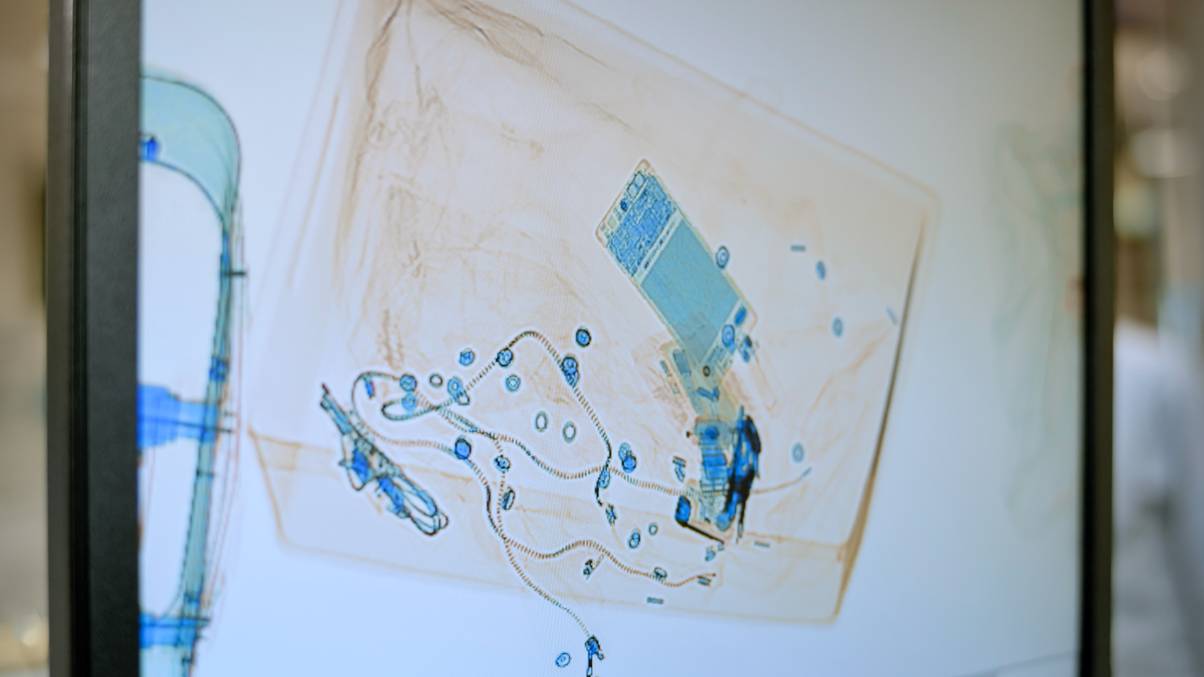“Unraveling the Mystery: Why Italy Escaped a Post-War Reckoning for Its Atrocities”
In this case, the de-Fascistisation would be carried out by the High Court of Justice for Sanctions Against Fascism and a High Commission. The latter reviewed more than 218,000 cases, attributed to almost 35,000 officials and officers. Not bad as a start for a purge! But by February 1946, the High Commission was dissolved, and its powers transferred directly to the Government.
On June 2, 1946, a referendum abolished the Italian monarchy. The new republican government, featuring a coalition of Christian Democrats and Communists, initiated a strategy of general pacification within Italian society. On June 22, Minister of Justice Palmiro Togliatti – who was also Communist Party Secretary – issued a general amnesty, offered to all those responsible for political and war crimes. There were exceptions of course: the amnesty would not apply to cases of pillage, torture, murder and massacre. High-ranking officials and military officers would also not benefit from this decree.
Togliatti was heavily criticised for this move, and in fact resigned one month later. But the amnesty remained in effect, and applied to far broader effect than its initial intentions. Eventually, out of those 218,000 cases identified by the High Commission, only 738 resulted in a sentence.
Therefore, most of those who had committed the worst atrocities on the ground, especially in Yugoslavia, Libya and Ethiopia still remained unpunished.
To try to counter this, Yugoslavia being the territory with the highest rate of Fascist war criminals, its government would file charges against 764 Italian nationals.












